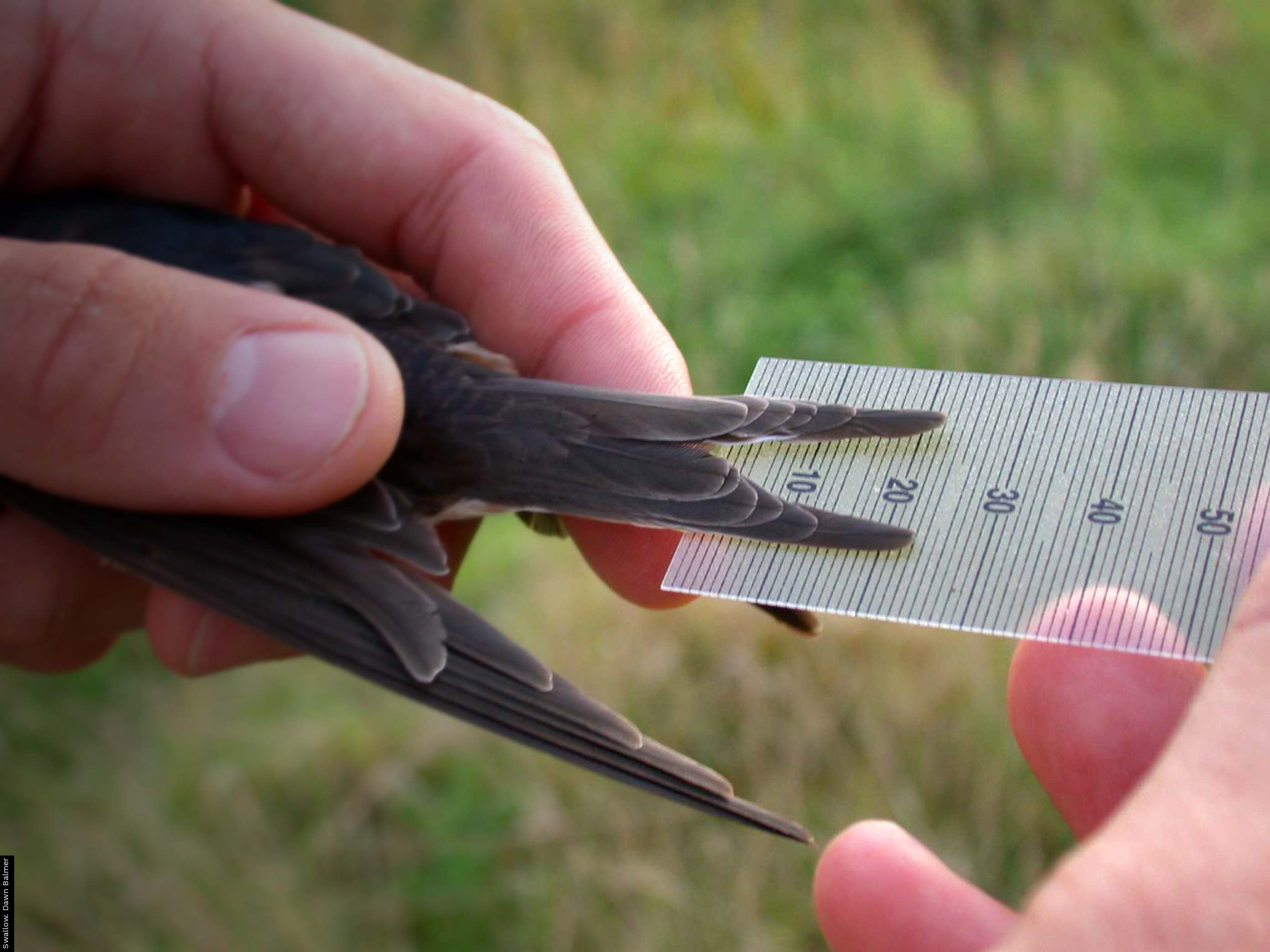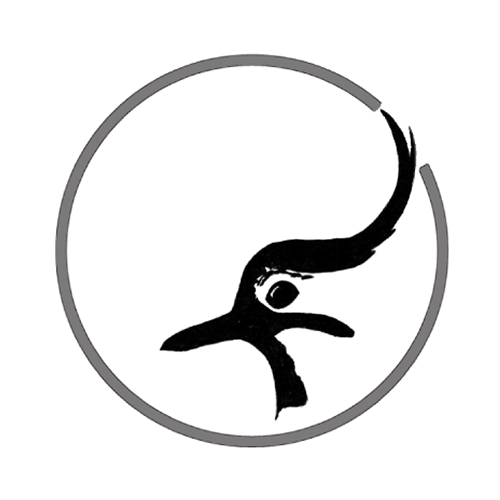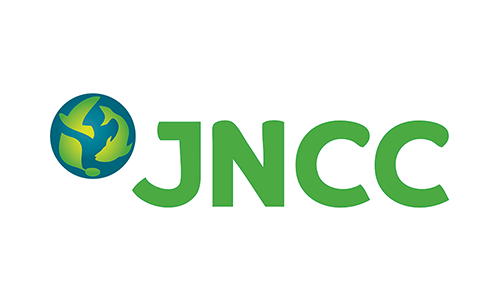Seabird ringing licensing requirements
Prior to the trip, the ringer in charge should check that they, as well as any ringers that they expect/want to be ringing unsupervised during the trip, hold all the necessary endorsements for the activities planned. They should also ensure that all necessary access permissions have been obtained (including permission from the relevant agency to ring on designated sites if relevant) and that landowners or equivalent have been notified of your intention to be on site (where necessary) - see Finding and agreeing access for a new site for more infomation about permissions and access.
Colour rings
In order to fit colour rings to a bird, ringers need to have both of the following: a registered colour-ringing project and a colour-ringing endorsement on their ringing permit. In order to register a seabird colour-ringing project project, the project lead must complete an application form (available on the ringers-only pages of the BTO website) or, for large gulls only, contact Peter Rock (contact details can be provided to BTO registered ringers on request), who coordinates colour ringing for this species group. The colour-ringing endorsements for the relevant species group will automatically be added to the ringing permit of the project lead when a colour-ringing project is registered with the BTO (providing the ringer already holds the appropriate conventional endorsement(s) for full grown birds or pullus that cover the species being applied for). Ringers registering a project with Peter Rock should inform the BTO Licensing Team so that the colour-ringing endorsement can be added to your permit. Any members of the project team that will be operating independently of the project lead, or another named agent, will need to be added as agents on the project and will also require the colour-ringing endorsement and colour-ringing project to be listed on their permit.
An annual fee of £5 is payable for the registration of a colour-ring project, unless the colour ringing is being carried out as part of a RAS study.

Special Methods
Flags, neck collars, wing tags, other plumage marks and tracking devices are classed as Special Methods and require specific endorsements. The table below shows which common seabird catching and tracking methods are and are not classed as a Special Method. This list is not exhaustive, so if in any doubt, please check with the BTO Licensing Team before planning a project using a technique not listed below. More invasive techniques such as taking blood samples or removing attached parasites would require a licence from the Home Office, not BTO.
Ringers planning a project using a Special Methods technique are encouraged to seek advice from the BTO Licensing Team at an early stage in their planning, especially if the project involves a method that is not commonly used on the target species. Each application to use a Special Method is treated as an individual project, which must be approved initially and then formally reported on and renewed each year thereafter. Any proposed changes to an approved project, however minor, must be formally identified in advance and may require a new application to be made. Each project has a named project lead, who takes overall responsibility for meeting the conditions set, and each lead may also have named agents who are authorised to work independently when project lead is not present at the study location.
All applicants are asked to complete a detailed form highlighting the i) project aims, ii) location, iii) people involved in all aspects of fieldwork and their relevant experience, iv) proposed sample size for each combination of species, sex and age, and v) the technical detail of the Special Method to be employed. Applicants should allow at least three months for a new project to be assessed.
Ringers will not be issued with a Special Method project unless they have the appropriate taxonomic endorsements to catch the species in question. If the ringer does not already hold an endorsement for the Special Method being applied for, additional training may be required before the project will be approved. Ringers cannot use a Special Method until they have both the relevant endorsements and a current project on their permit.
|
List of which common seabird catching and tracking methods are and are not classed as a Special Method
|
Specially protected species
All birds are protected in some form, but some species (including some seabirds) have additional protection during the breeding season, as do their nests, eggs and dependent young, and a specific permit or licence must be obtained in advance to disturb these birds at or near the nest. These are known as Schedule 1 species (Schedule 2 in the Republic of Ireland). A list of which species are protected in which country can be found here.
A Schedule 1 or 2 permit/licence is only required if intentionally disturbing a Schedule 1 or 2 species near a nest during the breeding season; it is not required, for example, if ringing in an area where a Schedule 1 species is known to be present, unless the ringing activities are likely to stop the adult birds behaving normally. It should be noted that some landowners will prohibit any ringing in areas where Schedule 1 or 2 birds are known to be nesting, regardless of whether the ringing activities are likely to disturb the birds or not, and in these cases, the wishes of the landowner must be followed.
In England and Scotland, permits for ringing and/or nest recording Schedule 1 species are issued by the BTO on behalf of Natural England and NatureScot respectively; licences for other activities, such as photographing Schedule 1 species at the nest, are issued directly by these Country Agencies. In Wales, all Schedule 1 licences are issued directly by Natural Resources Wales, but those for ringing and/or nest recording are applied for via the BTO. Schedule 1 licences for Northern Ireland and the Isle of Man are issued directly by the Northern Ireland Environment Agency and the Manx Department of Environment, Food and Agriculture respectively. Schedule 2 licences for the Republic of Ireland are issued directly by the National Parks and Wildlife Service. Full details of how to apply for a Schedule 1 / Schedule 2 permit or licence can be found here.










Share this page